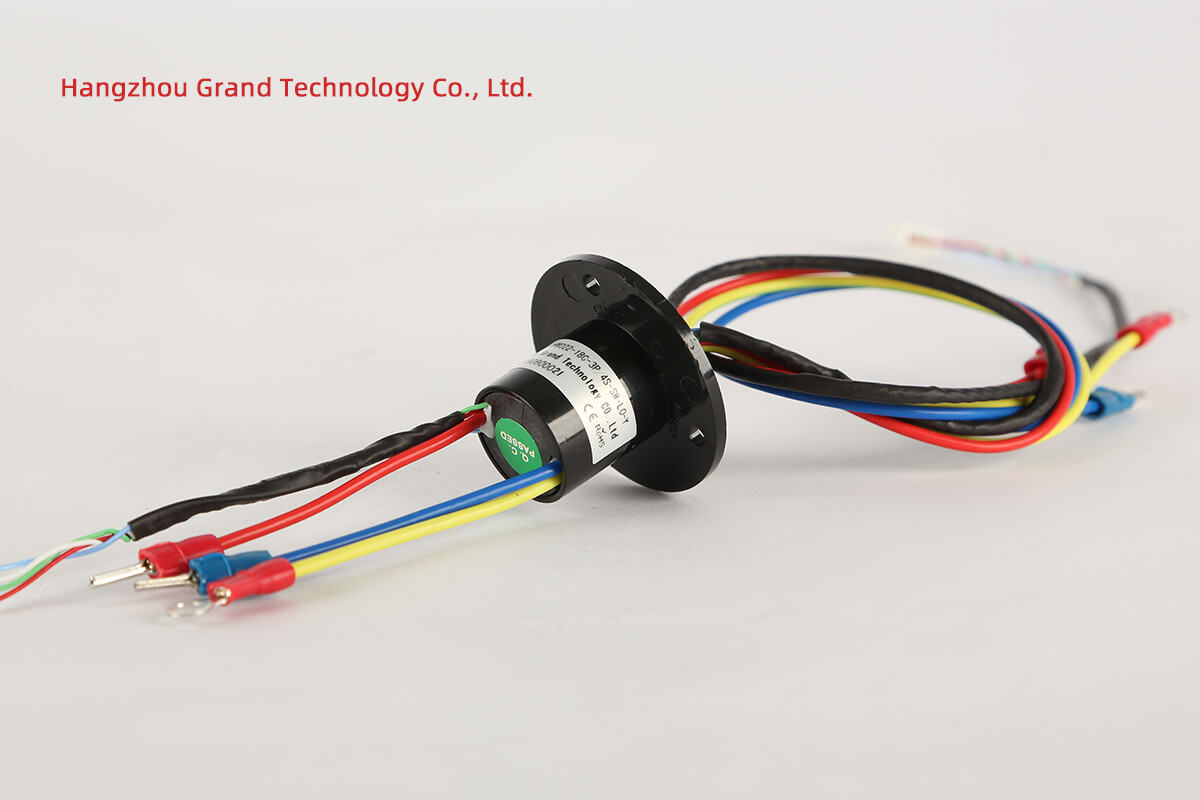Electric motors are indispensable in a wide range of applications, powering everything from industrial machinery to household appliances. Among the various types of electric motors, slip ring motors, and induction motors are commonly used in different industries. In this article, we will delve into a detailed comparison between slip ring motors and induction motors, aiming to provide insights into their operating principles, speed control mechanisms, maintenance requirements, efficiency, and power factor. By understanding the key differences between these two motor types, businesses can make informed decisions when selecting the appropriate motor for their specific operational requirements.
Operating Principle
Slip Ring Motors
A slip ring motor, also known as a wound rotor motor, operates based on the principle of electromagnetic induction. The rotor of a slip ring motor consists of windings connected to external slip rings. These slip rings allow external resistors to be connected, enabling control over the rotor circuit’s impedance and, consequently, the motor’s speed. By varying the resistance, the speed of the slip ring motor can be finely controlled.
Induction Motors
On the other hand, induction motors utilize the interaction between the stator and rotor windings to generate a rotating magnetic field. The stator windings create a rotating magnetic field, which induces a current in the rotor, resulting in motor rotation. Unlike slip ring motors, induction motors do not require external resistance for speed control and operate at fixed speeds determined by the supply frequency.
Speed Control and Starting Torque
Speed Control
When it comes to speed control, slip ring motors provide a distinct advantage. By adjusting the external resistance connected to the slip rings, the motor’s speed can be finely controlled. This makes slip ring motors suitable for applications requiring variable speed operation, such as conveyors, cranes, and certain types of machinery. On the other hand, induction motors typically operate at fixed speeds determined by the supply frequency. However, advancements in motor control technology have enabled the use of variable frequency drives (VFDs) with induction motors, offering some degree of speed control.
Starting Torque
In terms of starting torque, slip ring motors exhibit higher torque capabilities compared to induction motors. Slip ring motors are well-suited for applications that require high starting torque, such as heavy-load machinery, crushers, and mills. The ability to provide high starting torque makes slip ring motors advantageous in scenarios where there is a need to overcome inertia and accelerate heavy loads quickly. Induction motors, while not providing the same level of starting torque as slip ring motors, still offer sufficient torque for many applications.
Maintenance and Reliability
Maintenance
Maintenance requirements differ between slip ring motors and induction motors. Slip ring motors require periodic maintenance due to the presence of slip rings and brushes. These components need regular inspection, cleaning, and occasional replacement to ensure proper operation. The maintenance of slip rings and brushes is crucial to maintaining the motor’s electrical connections and ensuring optimal performance. In contrast, induction motors are typically maintenance-free. Their design eliminates the need for slip rings and brushes, reducing maintenance costs and improving overall system reliability.
Reliability
Induction motors are known for their reliability and longevity. With their simple and robust construction, induction motors can operate for extended periods without the need for major maintenance. The absence of slip rings and brushes eliminates the potential issues associated with their wear and tear. In industrial settings where continuous operation and reliability are paramount, induction motors are often the preferred choice.
Efficiency and Power Factor
Efficiency
Efficiency is a critical factor to consider when comparing motor types. Under normal operating conditions, induction motors generally exhibit higher efficiency due to their simpler construction and absence of slip rings. Slip ring motors, on the other hand, may have lower efficiency due to the additional resistance introduced by the slip rings. However, it is worth noting that slip ring motors can achieve higher efficiency at low speeds, making them advantageous for certain applications that require variable speed operation.
Power Factor
Power factor is another important consideration in motor performance. Induction motors typically have a lagging power factor, which means they consume reactive power from the electrical supply. This can result in additional energy losses and reduced overall system efficiency. However, modern designs of induction motors incorporate improved power factor correction, mitigating the energy losses associated with poor power factor. Power factor correction capacitors can be employed to compensate for the reactive power consumption, improving the overall system power factor and reducing energy costs.
In conclusion, slip ring motors and induction motors have distinct characteristics that make them suitable for different applications. Slip ring motors excel in scenarios that require variable speed control and high starting torque. They offer fine control over motor speed through external resistance adjustment. However, slip ring motors require regular maintenance due to the presence of slip rings and brushes. On the other hand, induction motors are maintenance-free, reliable, and efficient, especially under normal operating conditions. They provide a fixed speed of operation but can be coupled with variable frequency drives to achieve some level of speed control.
When selecting the appropriate motor type for a specific application, it is crucial to carefully evaluate the operational requirements. Consider factors such as speed control, starting torque, maintenance needs, efficiency, and power factor. By taking these factors into account, businesses can optimize motor performance, reliability, and energy efficiency for their specific needs. Ultimately, the right motor choice depends on the particular requirements of the application at hand, ensuring optimal performance and longevity of the motor system.
See What We Can Do

